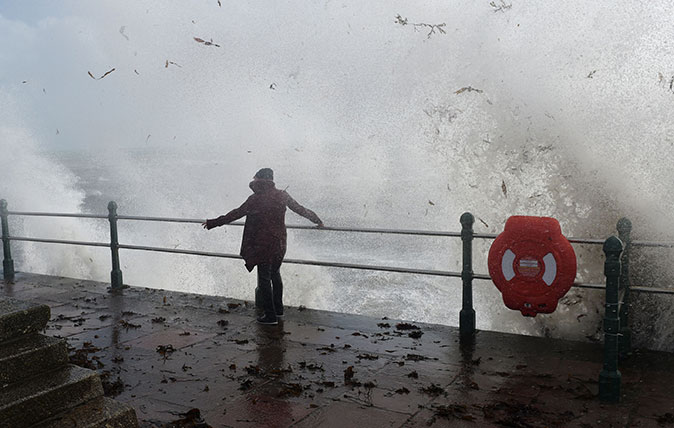
A quarter of a million homes across Ireland lost power while communications were also disrupted as the storm hit on Monday, and it continued its path across Britain on Tuesday morning. The strongest wind recorded was 109mph, at Fastnet. Cumbria experienced peaks of 70mph on Monday night.
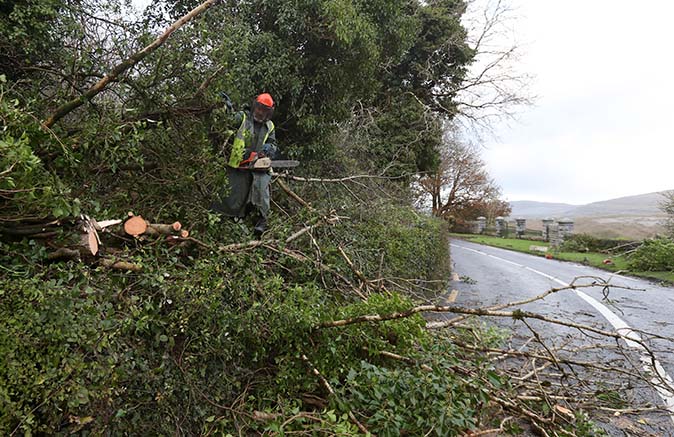
Wales, the Isle of Man and Southern Scotland are expected to be further affected on Tuesday, with weather and flood warnings in place across Scotland and northern England. Roads, rail and air services have been affected, with people warned not to travel unless their journey is necessary.
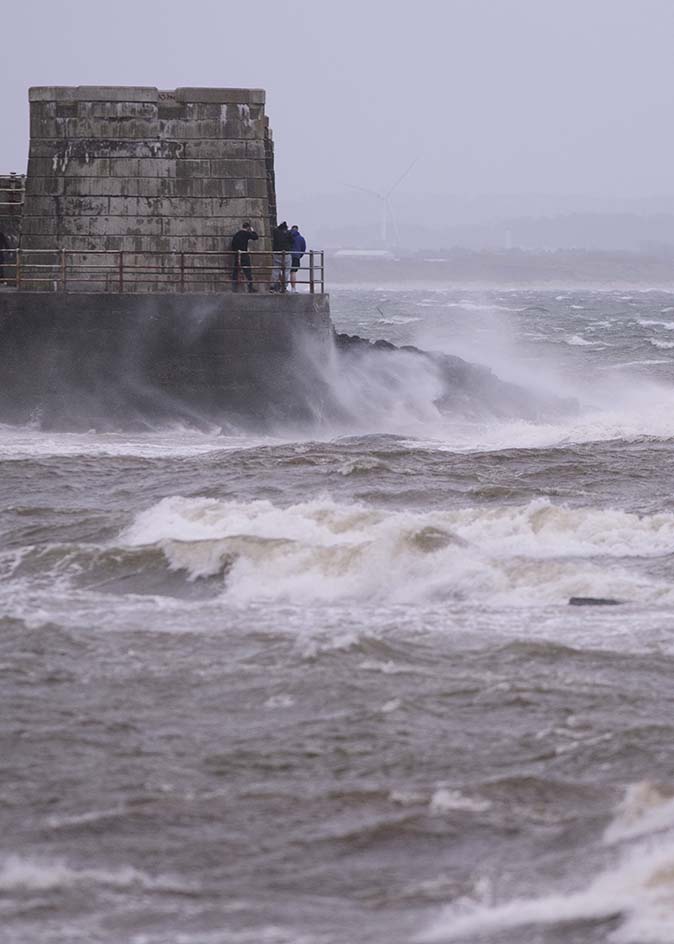
Tragically, three people have so far died in the storm, according to the BBC. One young woman in her 50s was killed after a tree fell onto her car in Waterford, while a man in County Louth died in a similar incident. The third death occurred after a chainsaw accident in Tipperary involving a man in his 30s who was removing a felled tree.
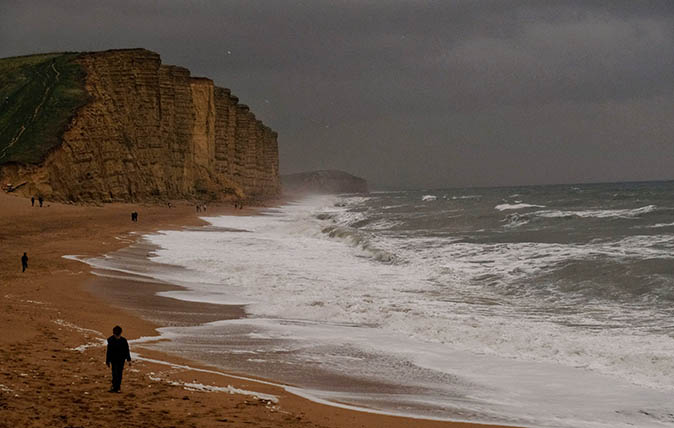
Across much of Britain, with the worst of the weather still set to strike, a strange phenomenon was witnessed: a sun the colour of a blood orange, set in a gloomy sky that produced a quality of light not dissimilar to that seen during an eclipse.
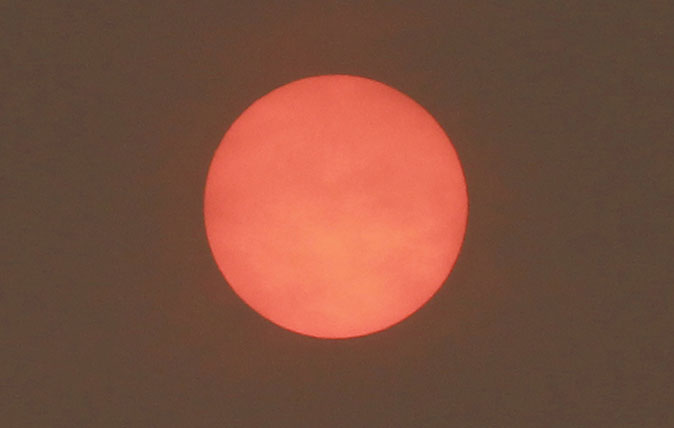
The explanation given by meteorologists is that the storm was so powerful that it has thrown tonnes of dust and sand miles into the atmosphere. Those particles, still being carried by the weather system, disrupt the blue light shining from the sun, thus leaving it with a red hue.
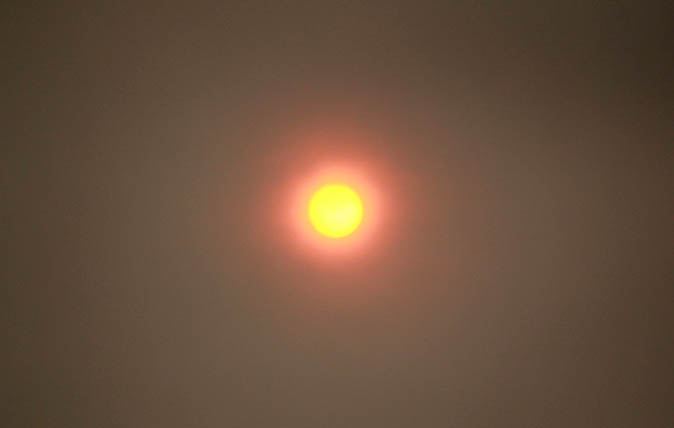
So unusual is the phenomenon, particularly in tandem with the unseasonably warm temperature, that much of the country is currently in a state that almost seems other-worldly.
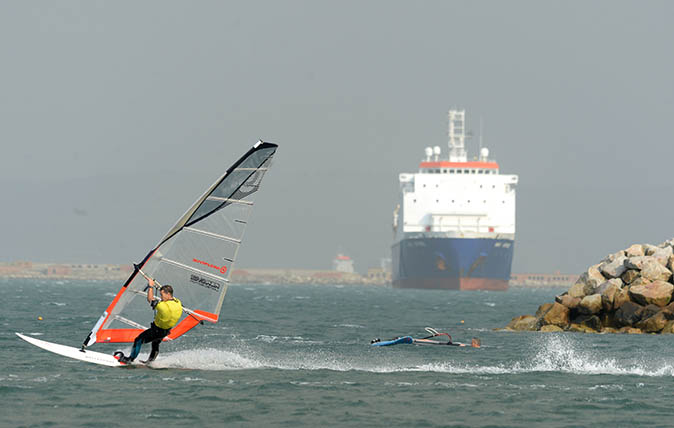
Further winds are expected to hit Britain on Tuesday as the storm moves across to the east of Scotland and Yorkshire.
Exquisite houses, the beauty of Nature, and how to get the most from your life, straight to your inbox.
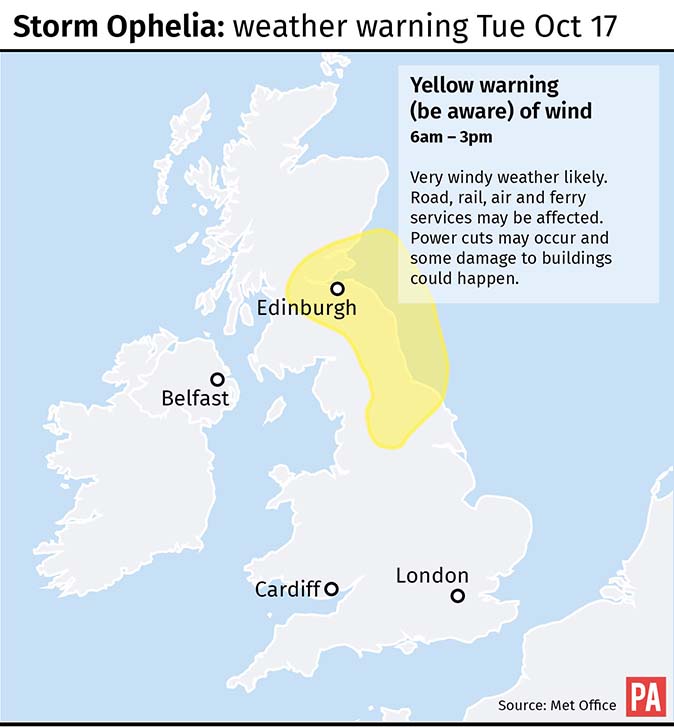
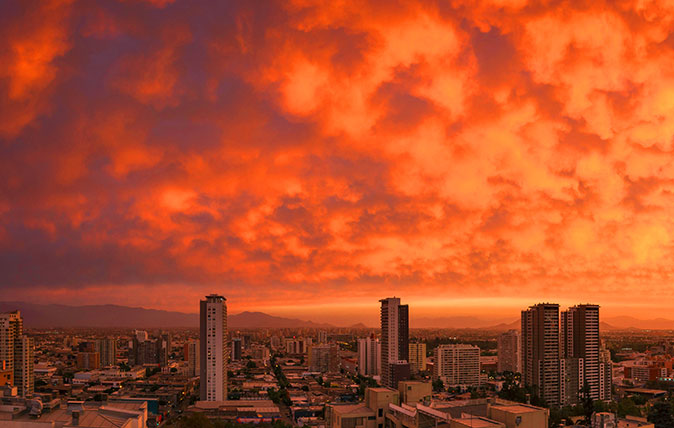
Credit: Alamy
Red sky at night, and other mysteries solved: The science of sunrise and sunset
Is the 'Red Sky at night' saying true? What's the difference between sunrise and sunset? And why does the sky
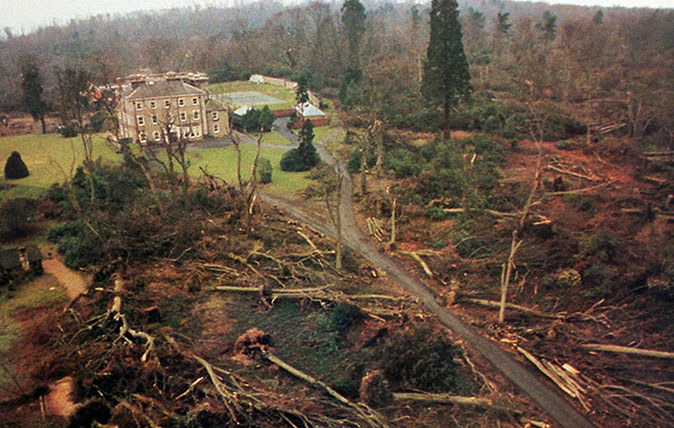
The Great Storm of October 1987: Stories and pictures from a night that changed Britain
It's 30 years since the Great Storm of 1987 wrought havoc across England and Wales – we've brought together stories from
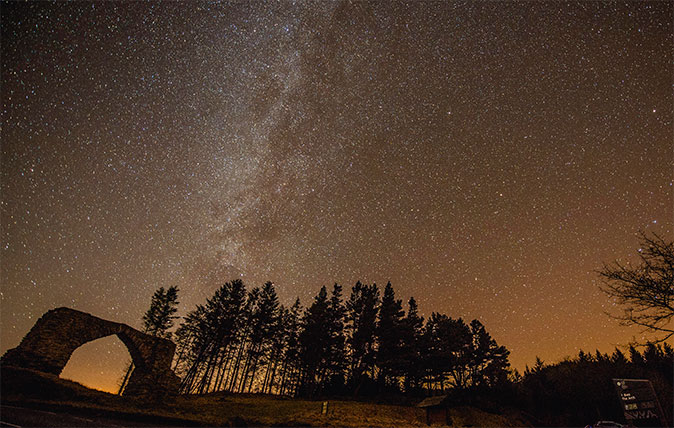
Credit: Shutterstock
Starry skies of Britain: 10 of the best places to go stargazing in the UK
Britain's starry skies can be spectacular, but you need to be in the right place to avoid light pollution. Julie
Toby Keel is Country Life's Digital Director, and has been running the website and social media channels since 2016. A former sports journalist, he writes about property, cars, lifestyle, travel, nature.

